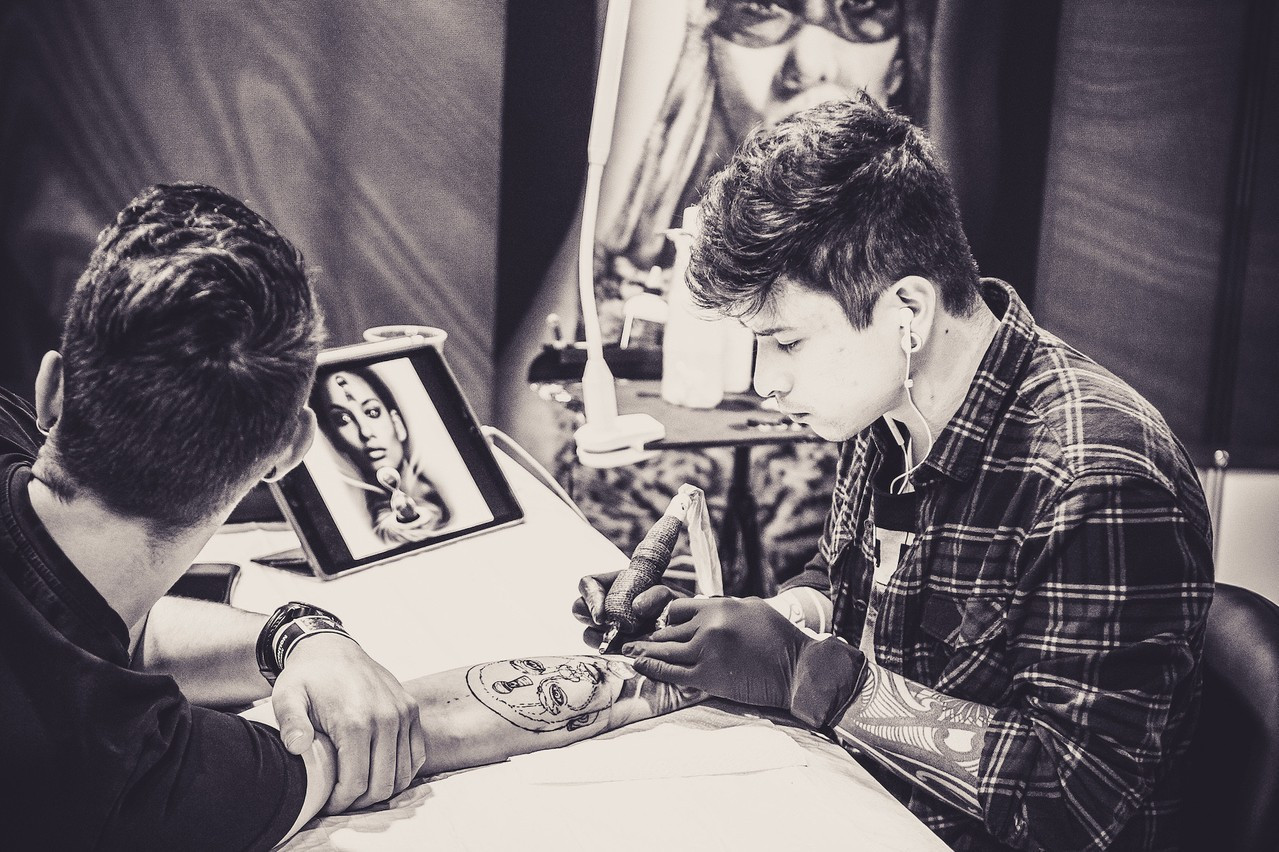4,000 chemical substances are targeted under the updated EU regulations on chemicals, with the ban including substances used in inks for tattoos or permanent make-up. The day after it came into force, the regulation seems difficult to apply.
“Producers had two years to adapt and develop new inks, but in the end, nobody is ready,” said Marion Pierre Thill, vice-president of the Hair Beauty and Tattoo Guild association.
There are a few companies that have created compliant inks, as European suppliers must also adapt to this regulation, which concerns both sales and stocks. But their products are already out of stock, according to Thill.
It's a bit of a mess.
No control in 2022, but no precise date
As a result, “we have no choice but to continue working with our old inks, otherwise we’ll have to close the shop,” said Thill. He estimates that there are about a hundred tattoo artists working in 60 salons in Luxembourg.
Fortunately for them, the environment administration, in charge of controls, intends to give them time. “We have indicated that we are not going to carry out controls right away in 2022,” a spokesperson said. “However, we are not going to communicate a specific date. We understand the current difficult situation in the sector, but we also have an existing legal obligation to carry out controls. It would therefore be appropriate for everyone to get up to speed as soon as possible.”
Even once the standard inks are available, some fear that many colours will disappear. Some pigments will be banned from January 2023 and tattoo artists are worried about blue and green, for which an alternative may be difficult to find.
“It’s hard to say,” said Thill. Preservatives removed from inks pose additional problems. “Instead of one year, the ink would only last five months. You will have to buy in smaller quantities and more often. If that’s all, we don’t have a problem. We like to work with good quality, healthy products.”
However, he does not understand the point of the new restrictions and doubts the claims of the European Union, which has considered, following studies, that certain chemical substances contained in the inks could cause, in addition to skin allergies, genetic mutations and cancers. “The regulations don’t hold up, it’s all a bit of nonsense," he said.
Replenishing stocks
The vice-president of the tattooists’ confederation also expects the new inks to be more expensive. “You’ll have to buy back all your stock,” he said. He also fears that “many smaller companies don’t have the budget to develop new ranges.”
However, he is less worried about competition from foreign tattoo artists, who are subject to the same rules as Luxembourg tattoo artists when they participate in international trade fairs in the country. He rather foresees a resurgence of illegal tattooing. “Some people will try to get inks from outside the European Union on the internet and tattoo in their cellar or on the black market.”
This story was first published in French on . It has been translated and edited for Delano.
